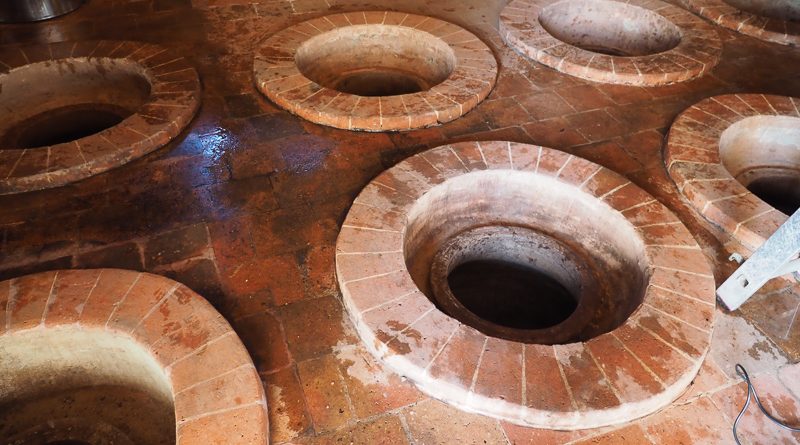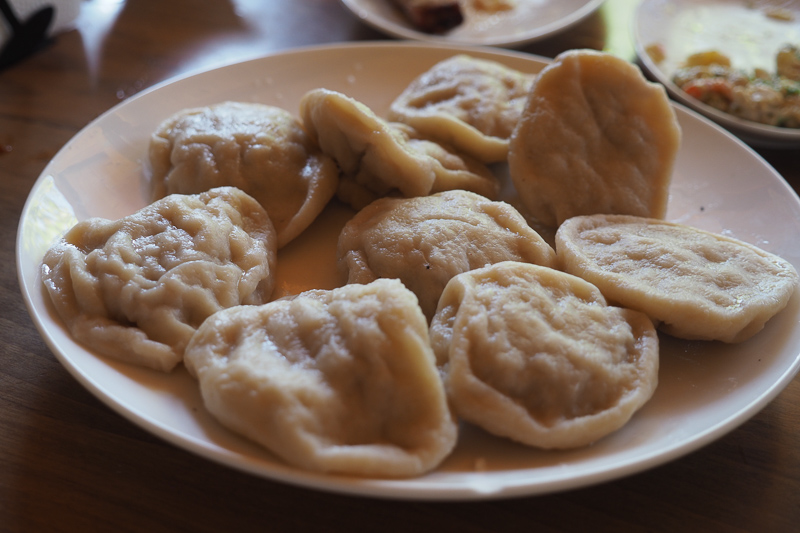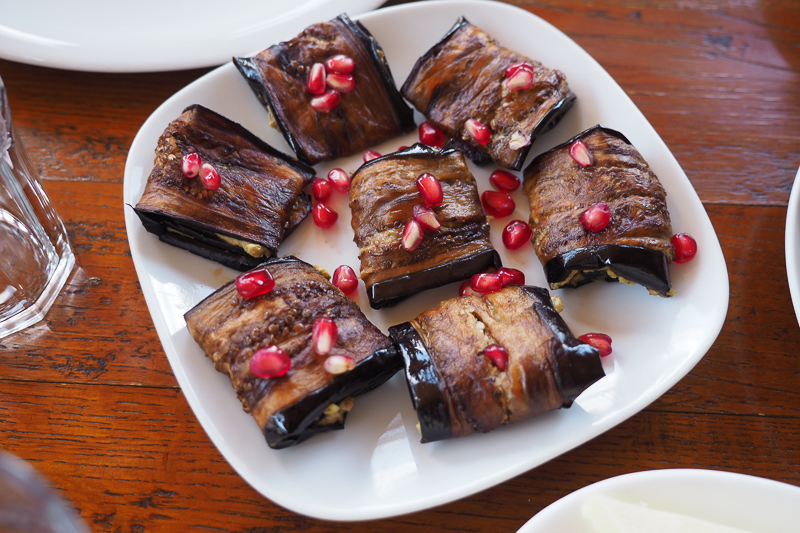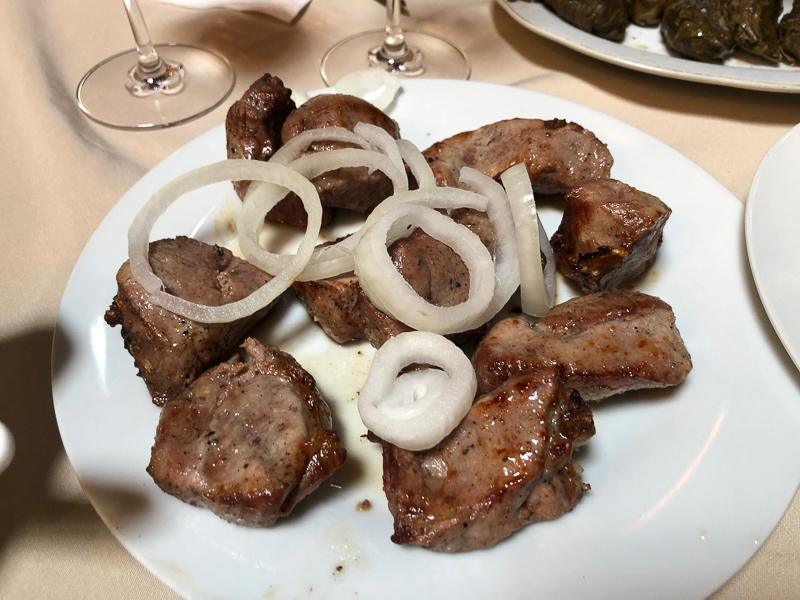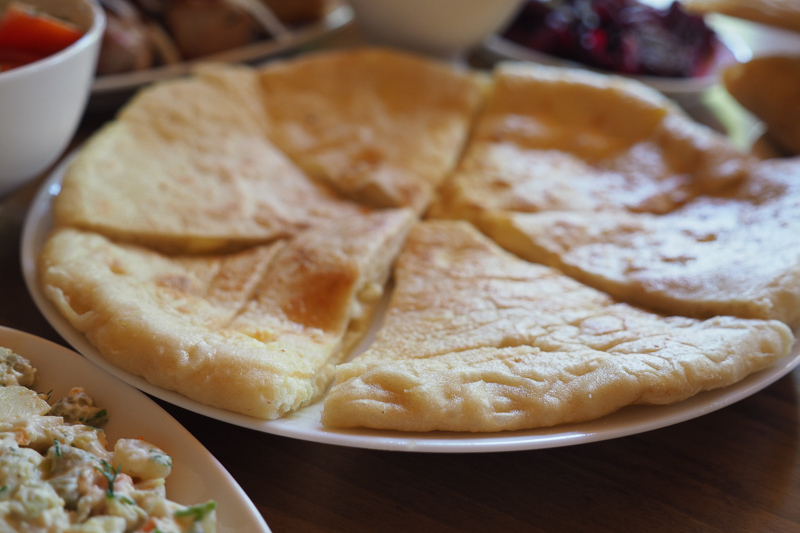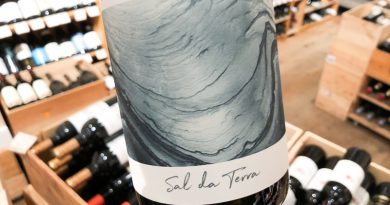Visiting Georgia: an ancient wine culture, and a country of contrasts
Georgia is a country of contrasts. In September I made my first visit: I discovered a lot, and I also left with some questions.
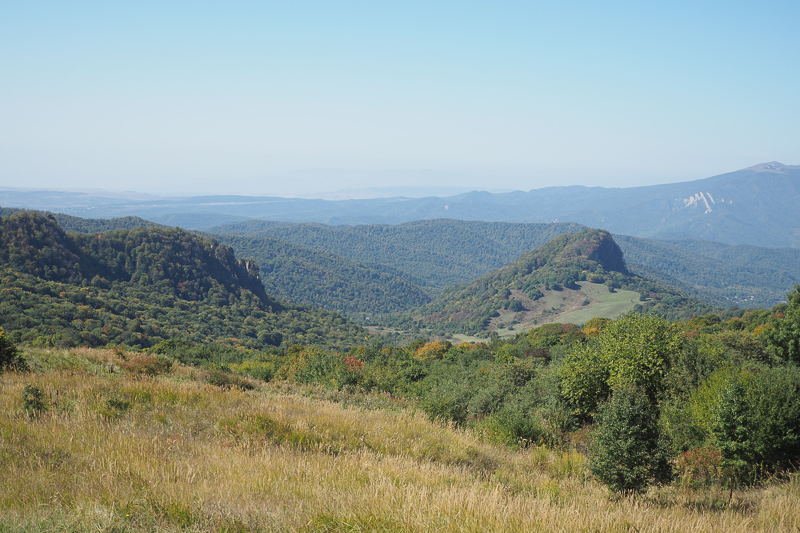
On the one hand, ‘Brand Georgia’ is a strong one. This is a wine country with the longest unbroken tradition of winemaking, going back 8000 years. The south Caucasus region is where wine was born: this is where the wild grapevine, Vitis sylvestris, was first domesticated. And from here, wine spread throughout the ancient world.
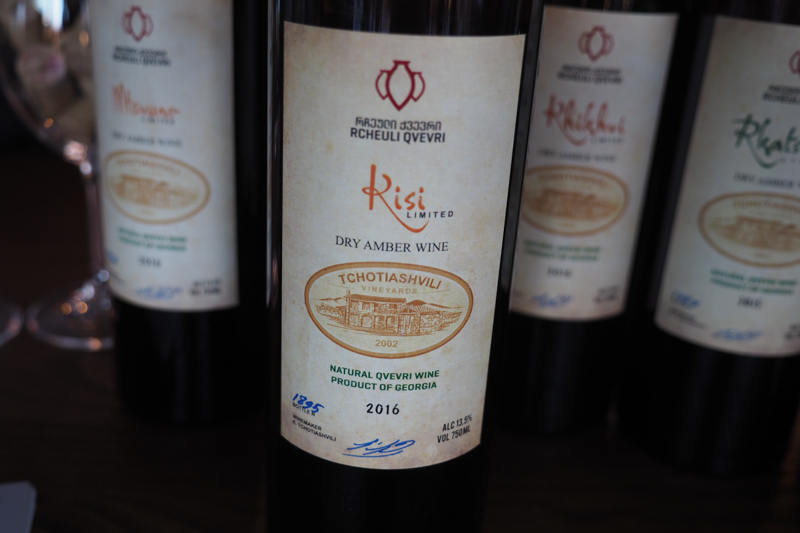
Most, if not all, of the other places that have an ancient wine tradition lack the same continuity that Georgia has. In these countries, wine making stopped for significant periods. In Georgia it has kept going, and even today many of the wines are made in pretty much the same way they would have been for thousands of years, in clay vessels known as qvevri, sunk into the ground.

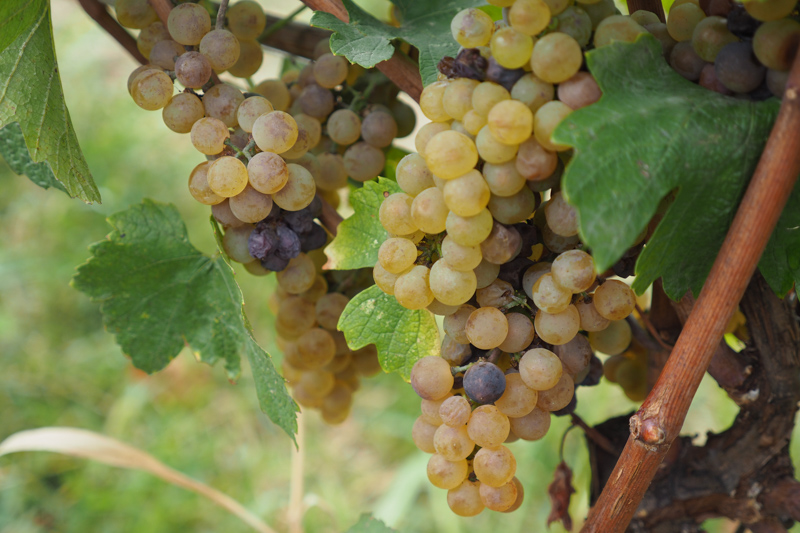
And Georgia is also a wine-dominated culture. Wine is everywhere. The country is a small one, of 4 million people, but it has 55 000 hectares of vineyards. Domestic consumption is among the highest in the world (I’ve heard figures quoted of 80 litres per head per year). And lots of people make their own wine: in Georgia there is a strong tradition of hospitality and hosts need to provide wine for their guests. Budget on 2 litres per head for men and 1 for women, and soon you will see it makes economic sense to make your own. A sunken qvevri is an ideal way to make wine (it takes up less space) and store it (this is a warm country and a buried vessel is a means of temperature control).
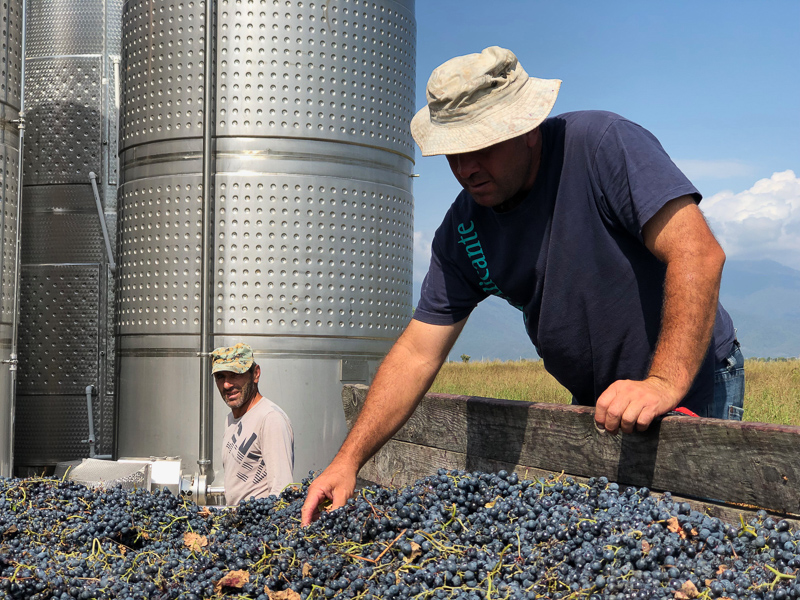
Even the years of 1921-1990 as part of the Soviet Union didn’t destroy the traditions of winemaking here, although Soviet-era factory wineries, designed to pump out the semi-sweet wines that the Russian wine market so loved, caused some damage to the traditions of Georgian wine, especially in the 1960s and 70s. Russia still accounts for 70% of exports from Georgia, and is therefore by far the largest market for their wines.
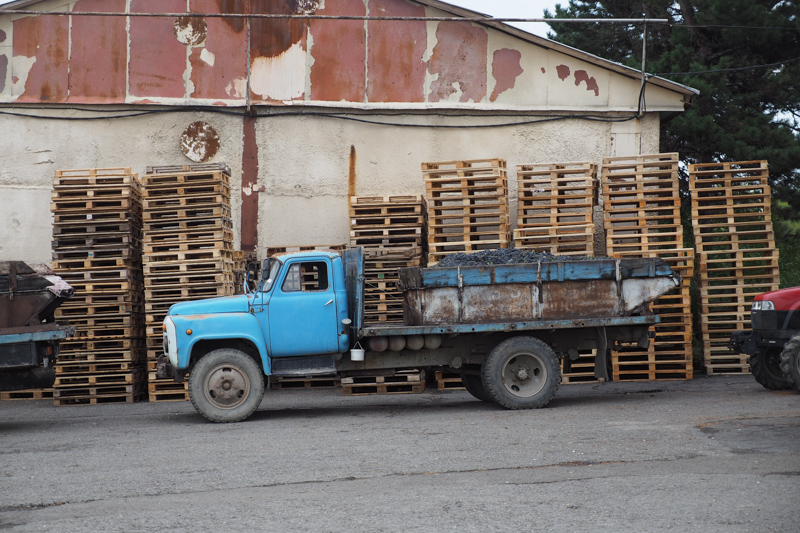
So what are the contrasts? They are between traditional qvevri wines, and what are known locally as the ‘classic’ wines. Back in 1890 the first ‘classic’ wines were made at Tsinandali by Prince Alexander Chavchavadze. Here, ‘classic’ refers to the classic European wines made in stainless steel tanks or oak barrels, without the use of qvevri. Some of the larger wineries here specialise in classic-style wines, and many of the mid-size wineries make a combination of classic and qvevri wines.
But in contrast to the qvevri wines and the long unbroken tradition of Georgian wine, it’s hard to see where the classic wines as they are made now fit in the wider world. In the Georgian wine market and traditional export countries such as Russia, as well as some more recent markets such as China, the fruit-forward, easy-drinking classic wines obviously have a place. But there’s very little in common with the classic and qvevri wines: they are just so different.

Is there a place for classic-style, fruit-forward Georgian wines? Some think so: it’s what consumers want from wine these days, they say. But why buy Georgian, if that’s what you are after? Other countries, such as Spain, Chile, France, Italy and Argentina can make these wines more cheaply. But there could be a place for them if they were distinctive, showing off either unique Georgian grape varieties or unique Georgian terroirs. Currently, though, many these wines seem to lack the personality to be at all compelling. The hope is that this will change, because what Georgia does have is a raft of local grape varieties (some 525 of them), and if their personality can be brought out in non-qvevri winemaking, then this could be very interesting. And for Georgia to succeed, this has to happen. Qvevri wines alone can’t carry the whole industry.
In my four days in Georgia, most of the memorable wines I had were qvevri wines. And we had quite a lot of different wines. But grapes like Saperavi, Mtsvane and Kisi have enough personality to produce classic wines of distinction, if they are handled the right way.
Introducing Georgian wine
We were given an introduction to Georgian wine by local enologist Lado Uzunashvili. He was working as a state winemaker when the Soviet Union disintegrated in the 1990s, then he studied enology at Adelaide University. His winery now is Mukado which is a joint project with some Australian friends.
‘We claim that we have 8000 vintages now,’ says Lado. Georgia is located between the Black and Caspian seas, on the 42nd Parallel. This is the same as Madrid. Russia is to the north and below are Azerbaijan, Armenia and Turkey. One of the main features here is the presence of two mountain ranges: the greater Caucusus (peaking at 5450 m), to the north, and then the Caucasus Minor on the other side.
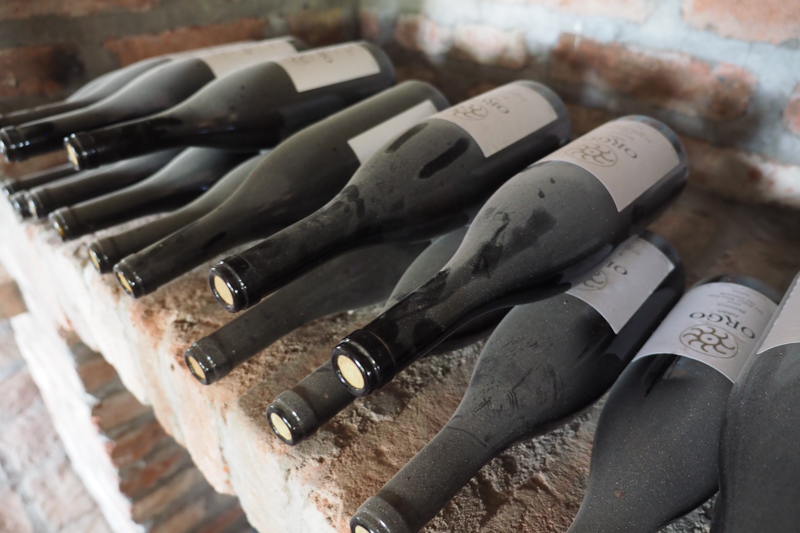
The country can be divided in two: western Georgia is Black Sea focused, and then there’s eastern Georgia, where 80% of the grapes are grown. There’s high rainfall in the west (1.5 m) and it’s a more difficult climate for wine growing than the east. The sea influence is huge.
The biggest threat is when cold weather comes from the Caspian Sea and you get hail. Lado emphasizes that the climate in Georgia is changing: they have experienced quite a bit of drought, and hydric stress is a big problem for many vineyards. The melting of the glaciers on the mountains is now earlier than it used to be, and the government put in 10 000 bores and this pulls water out of the soil. Currently, the country’s vineyards aren’t irrigated, but this might have to change. ‘Climate is changing,’ says Lado. ‘This is happening.’
Even though the west has fewer vineyards than the east, it has a higher diversity of grape varieties. The east’s uniqueness is its climatic conditions and its terroir rather than its diversity of varieties. Interestingly, Vitis silvestris, the wild grape variety that vinifera is derived from, is found widely in Georgia.
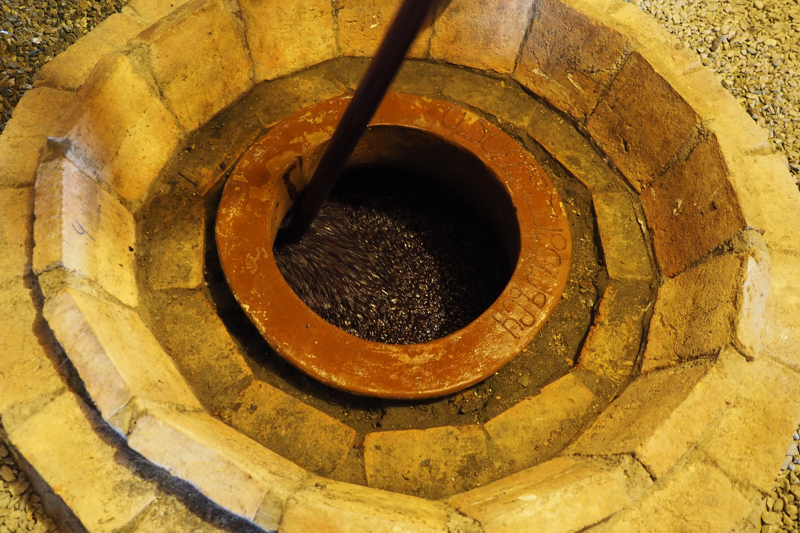
Georgia is largely a white wine country: 75% of its wines are white, 25% red. There used to be 1400 different grape varieties in the country, but many were lost through Islamic invasions of parts of the country. Now there are 525 varieties in the main collection, and 45 are grown commercially.
‘Wine culture is a part of our national identity,’ says Lado. ‘Winemaking has never stopped in Georgia.’
The qvevri tradition is important to Georgian wines. In some ferments, the entire bunches are fermented in the qvevri, while in others the tradition was to foot tread the grapes (in some cases in hollowed out logs), and then fill the qvevri with juice. The whole bunch qvevri ferments were more typical in the east. Lado points out that qvevri are different to amphorae. The former are used for fermentation and elevage, the latter are smaller and are used for transporting wine.
This perspective was a good start to what was to turn out to be a really interesting trip. But rather than visit vineyards, our first stop was a small village in Kakheti to visit one of the few remaining qvevri makers.
See also: A film – pursuing qvevri in Georgia

